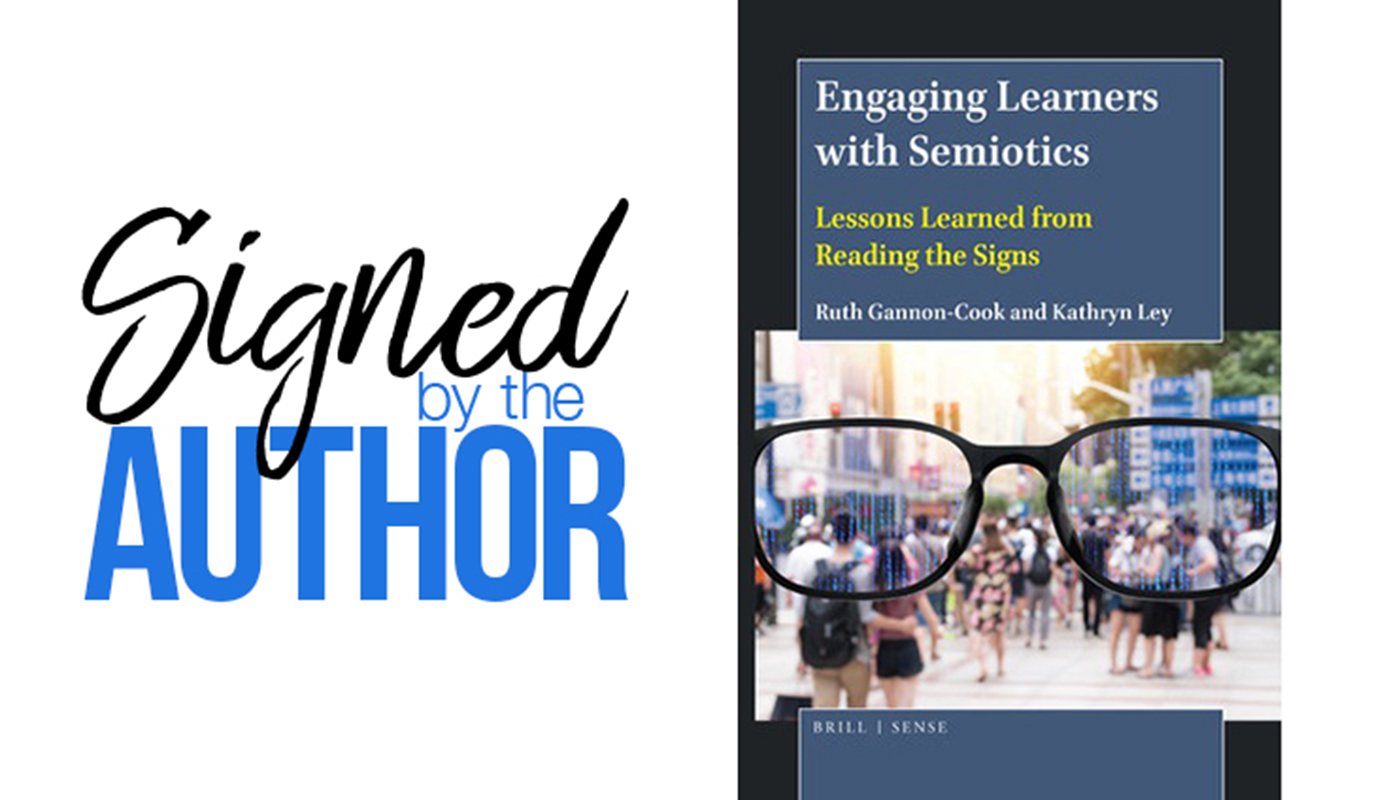 Engaging Learners with Semiotics Lessons Learned from Reading the Signs
Engaging Learners with Semiotics Lessons Learned from Reading the Signs
By: Ruth Gannon Cook, professor emerita, School of Continuing and Professional Studies; Kathryn Ley, University of Houston - Clear Lake
Semiotics, the study of signs and symbols, has explained the cognitive mechanisms of a complex, subtle and important phenomenon affecting all human interactions and communications across socio-cultural and economic groups. This educator's introduction to semiotics describes this communications phenomenon that has permeated and influenced learner attitudes, behaviors and cognition in any learning environment, but especially formal mediated learning environments. Relevant semiotic theory is meaningfully integrated into each chapter.
What inspired you to write this book?
This topic attracted me because the first learners learned with pictures and signs drawn on cave walls and meanings passed down by elders. Over many years of study and research, I came to respect that semiotics offered so many benefits to learners. Coming from a culture that deeply respected traditions and customs, I understood how symbols had meanings. Students might also find meanings in them, too, and use these semiotic tools to both mediate prior meanings and new content.
Persuade someone to read your book in less than 50 words:
Signs, signs...the term semiotics means the study of signs and symbols. It is a phenomena, and when used strategically in education and instructional design can address instructional features that encourage, entice, engage and resonate with students. It can keep them involved, particularly in online courses.
|
Publisher, release date:
Brill/Sense, December 2021.
Signed by the Author allows DePaul faculty and staff to introduce their recently published or upcoming book or chapter to the university community. To submit your book or chapter for consideration, contact Newsline.